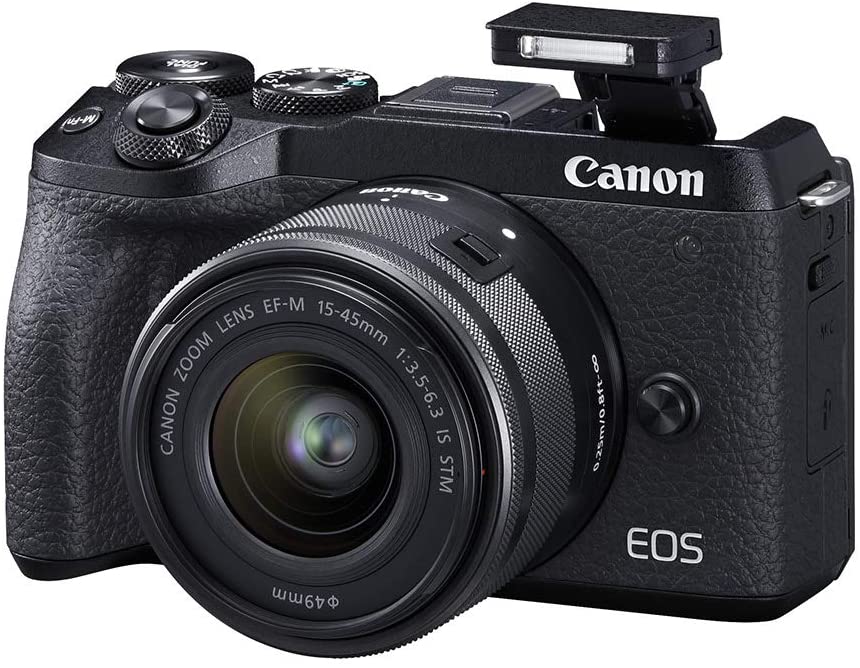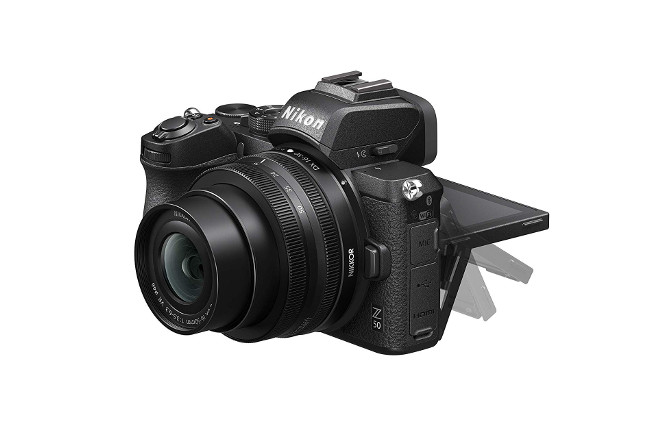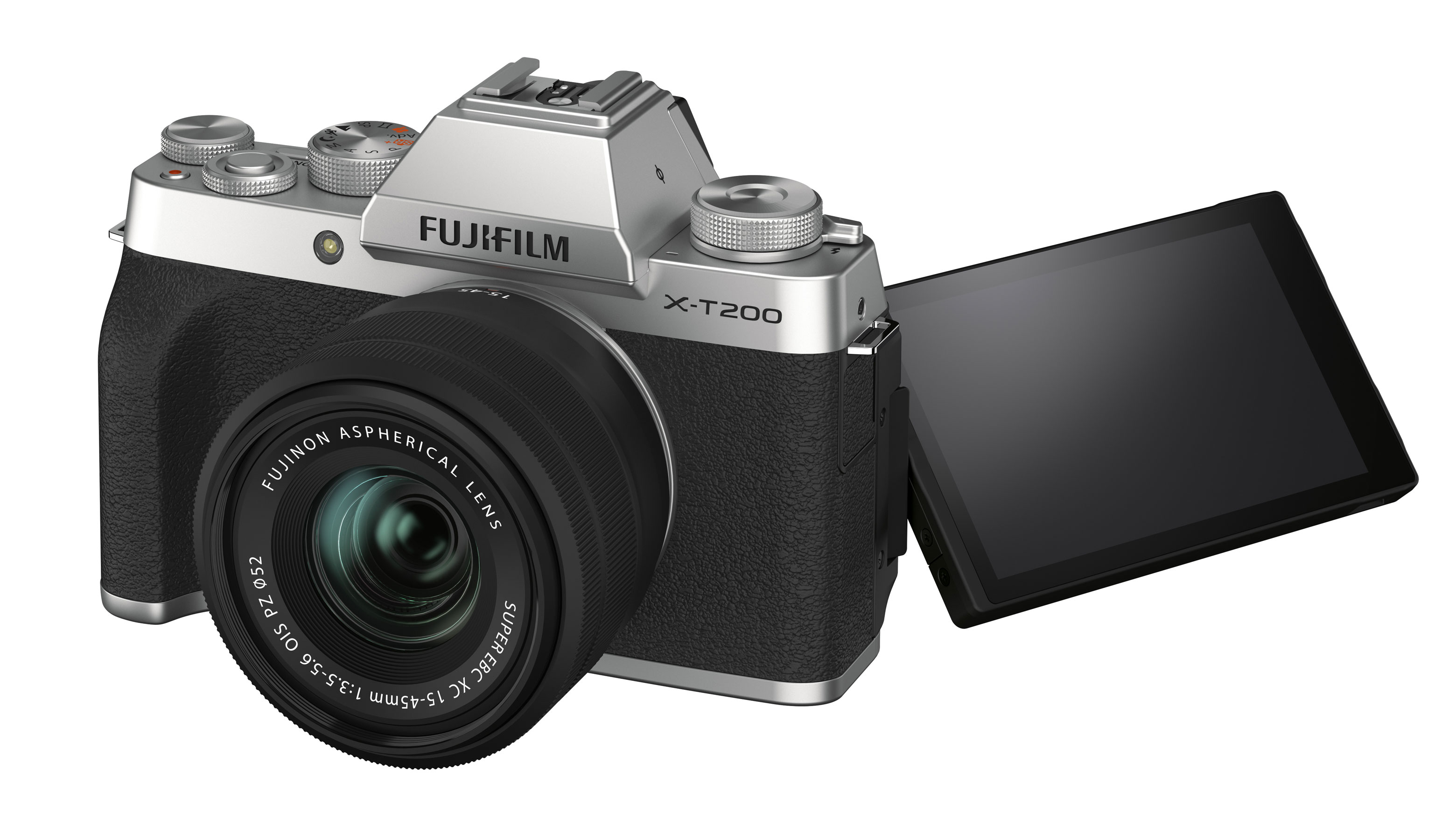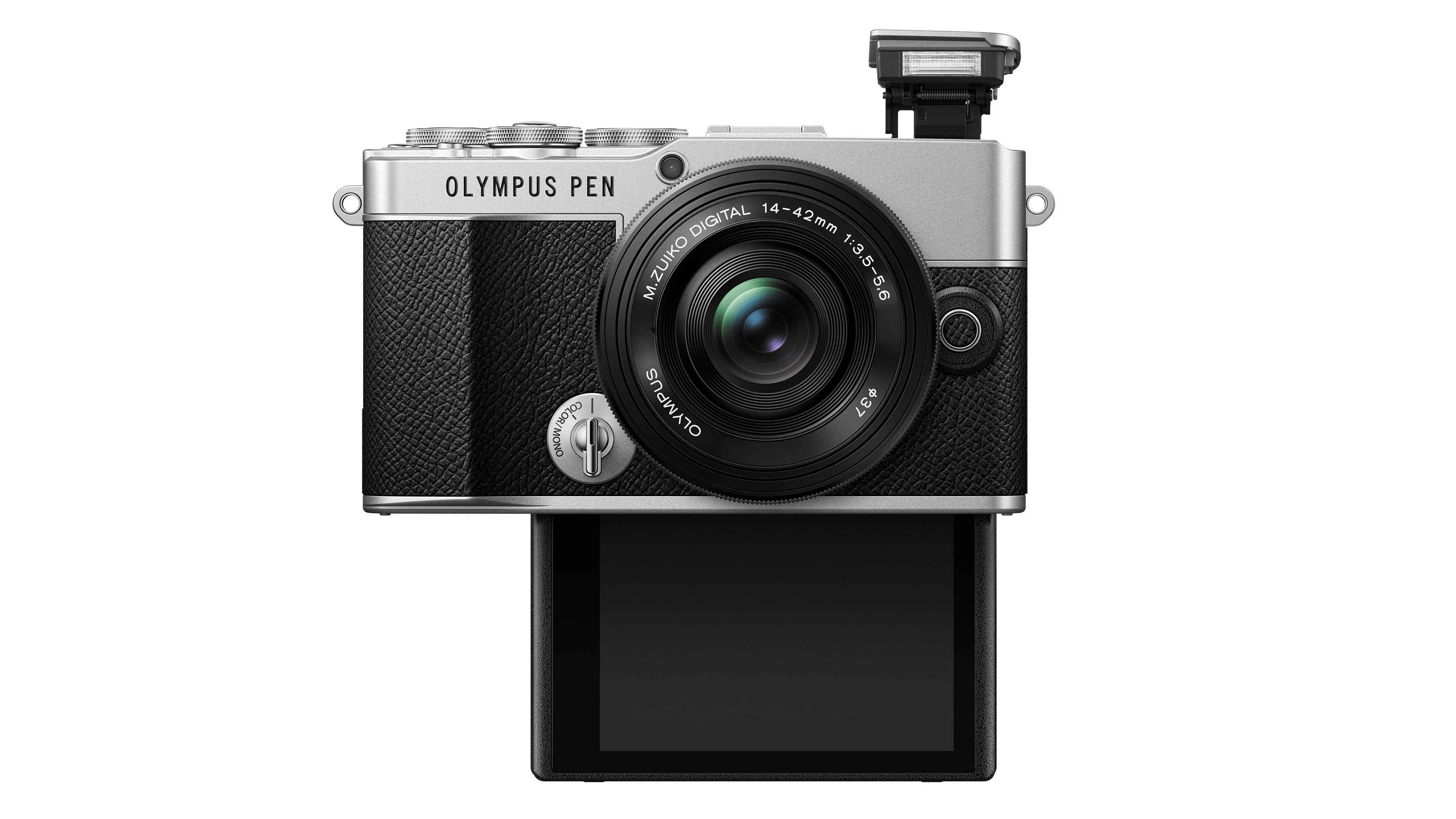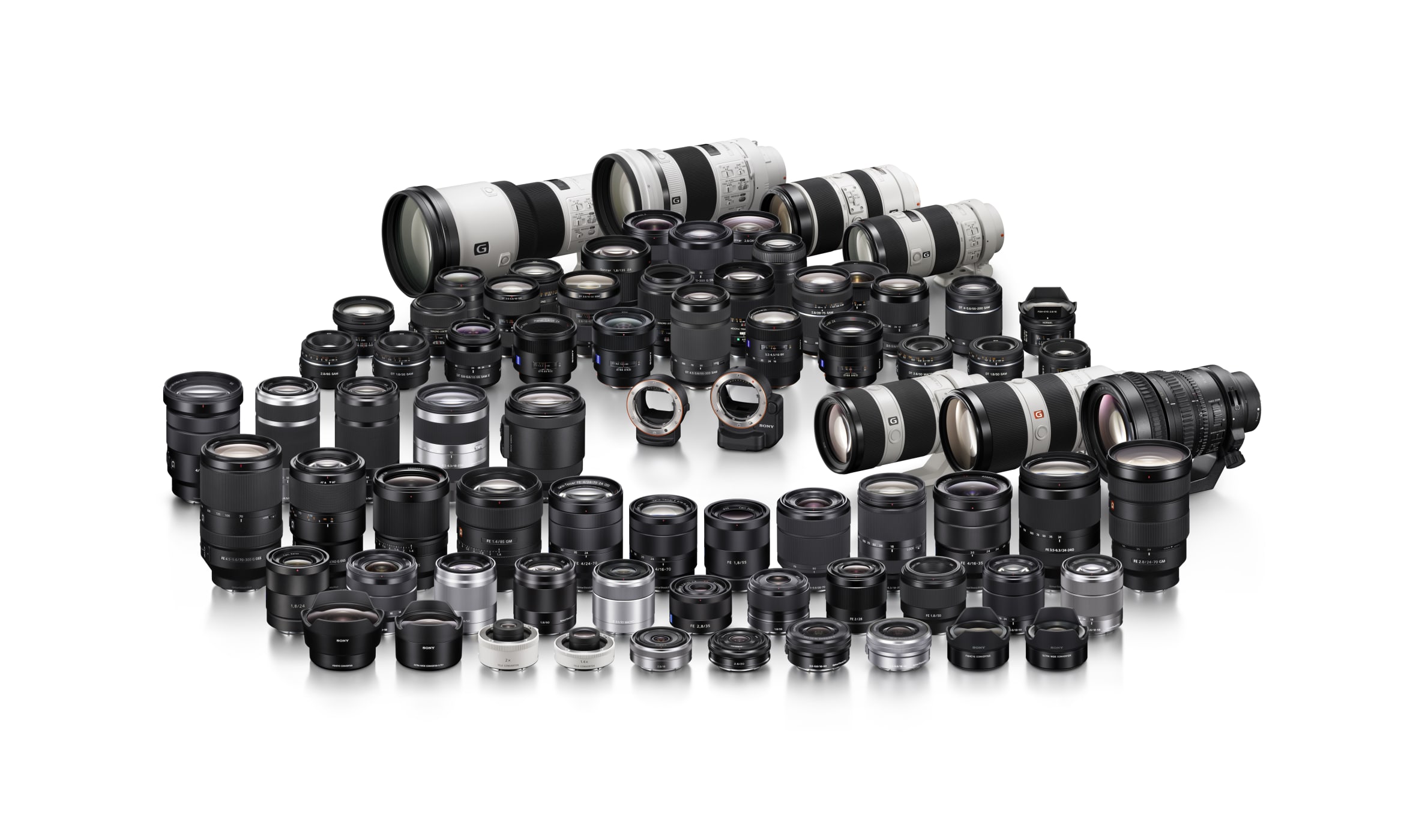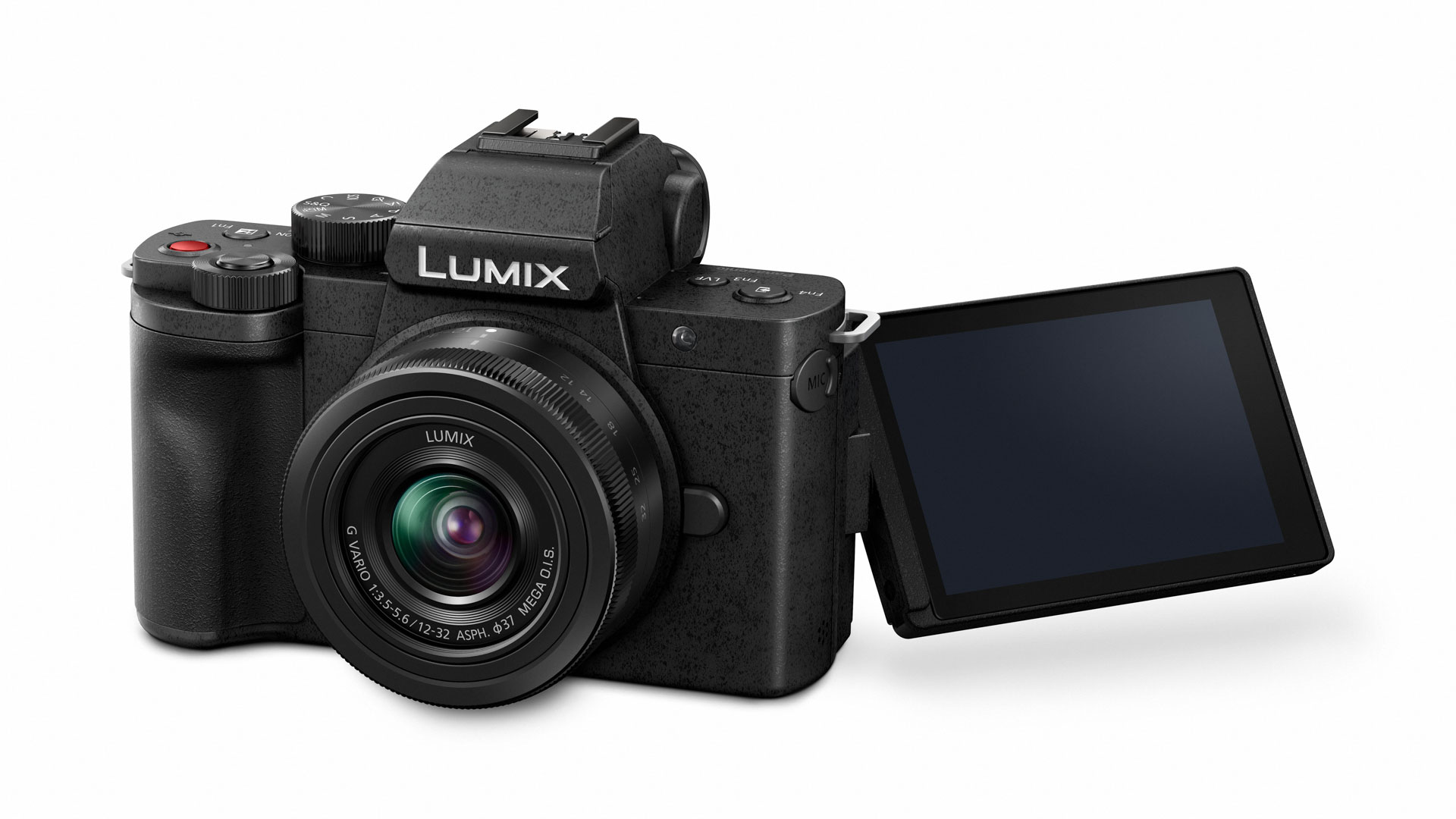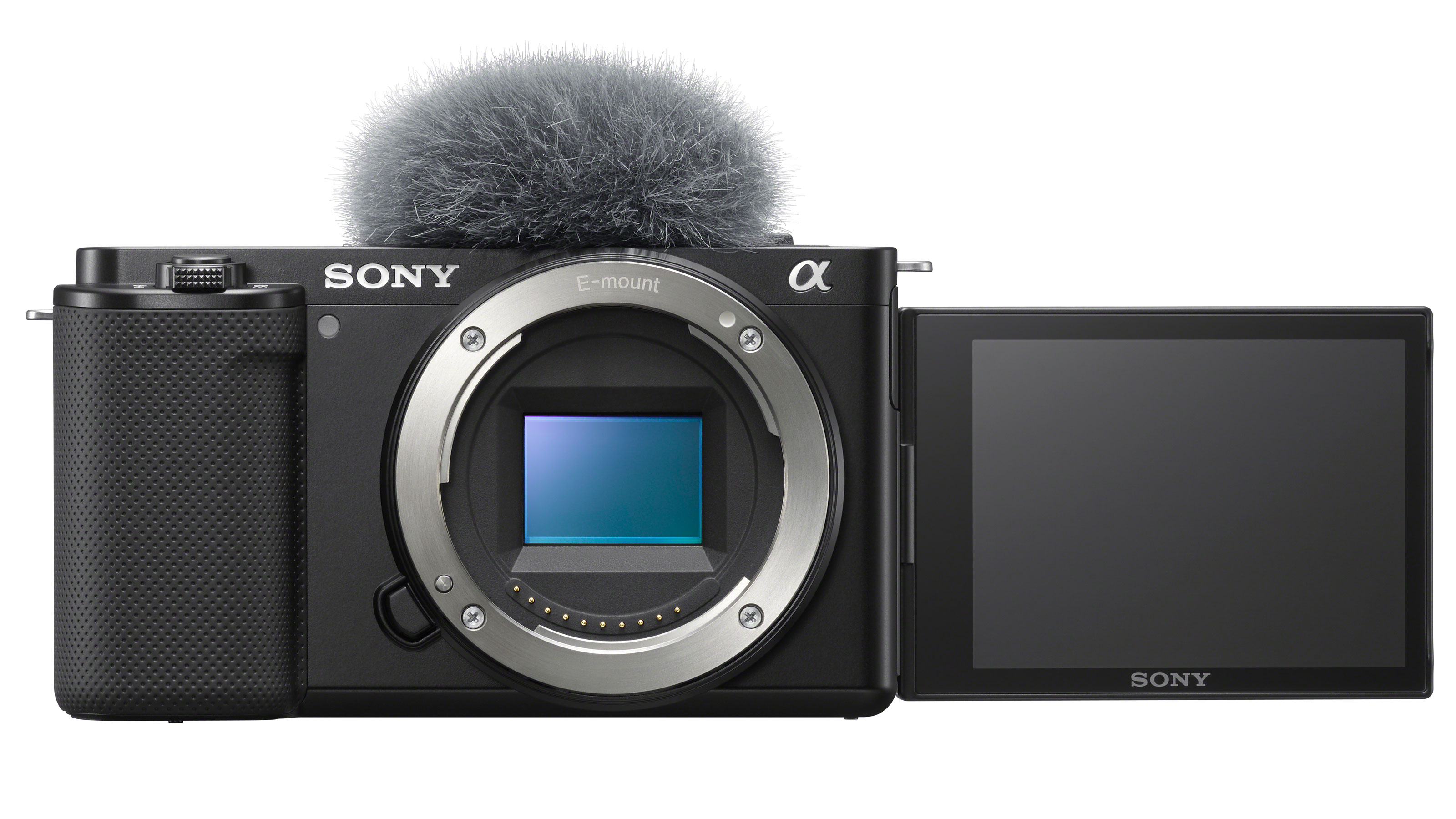The new Sony ZV-E10 looks terrific, but how does it compare to its rivals?
We reckon it’s the APS-C vlogging camera Sony should have made all along, but does it beat the rest?

You don’t even need to see this camera in the flesh to understand the appeal of the Sony ZV-E10 for vloggers. It has the video capabilities of Sony’s best APS-C mirrorless cameras (except the in-body stabilization of the A6600 and older A6500), Sony’s latest and best autofocus technology, a fully vari-angle screen (for the first time), a wind muffler for its mic and a new, smaller size.
You don’t get an electronic viewfinder or a mode dial, so it’s less appealing for stills photographers, but for YouTubers and content creators, it’s surely the best APS-C mirrorless Sony of all – and it’s also the cheapest! Costing less than the base level A6100, the ZV-E10 easily undercuts our previous vlogging favorite, the Sony A6400, and is very competitively priced, not just against its stablemates, but also against other brands.
Or is it? Let’s look a little closer…
What about the Canon EOS M50 II or EOS M6 II?
To be fair, there’s no direct competition here. The Canon EOS M50 Mark II is cheaper than the Sony ZV E-10, but its cropped 4K video capture isn’t even in the same league. The Canon EOS M6 Mark II is a much stronger candidate, but it’s also more expensive than the ZV-E10 by some margin.
Or the Nikon Z50 or Z fc?
The Nikon Z50 is a very good little camera for video, but while it does have a viewfinder it doesn’t have a vari-angle screen – and it does cost a lot more than the ZV-E10. We expect the Nikon Z fc to be just as good for video, but it has the same price disadvantage next to the ZV-E10, which beats its Nikon rivals clearly on price.
But then there’s the Fujifilm X-T200
Now this really is a strong rival to the Sony. The Fujifilm X-T200 may not match the ZV-E10’s autofocus technologies or some of its more advanced video functions, but it has a larger 3.5-inch vari-angle screen and it does have an EVF. The ZV-E10 is a powerful, keenly priced camera, but it’s made us look closely at the X-T200 again and realise that, although it’s not quite at the same level for video, it is actually a much more complete all-rounder.
And the Olympus PEN E-P7 and OM-D E-M10 IV
We really like the Olympus PEN E-P7. On paper, its 4K video features and contrast AF system put it at a disadvantage next to the ZV-E10, but in real-world filming it’s easy to achieve great-looking clips and the AF proves snappy and reliable. Olympus also has perhaps the best IBIS tech in the business – and if you think the lack of a viewfinder in the E-P7 is too much to take, there’s also the equally accomplished OM-D E-M10 Mark IV.
The best camera deals, reviews, product advice, and unmissable photography news, direct to your inbox!
But does the Sony ZV-E10 win for lenses?
Not quite. There is a good range of Sony E-mount lenses, to be sure, but most are pretty hefty zooms that might not sit too well on the compact body – the 16-50mm kit lens and 10-18 ultra-wide are a pretty good fit, though. See our guide to the best lenses for Sony ZV-E10.
Nikon is pretty much out of the game at this point. With only two native DX format Z mount lenses, and the new 28mm SE lens rather ‘long’ for vlogging, it has a long way to go to catch up with the rest.
But Fujifilm is very well placed. Its XC 15-45mm kit lens is really quite good, and Fujifilm’s range of compact and affordable primes are sure to appeal to vloggers and gimbal shooters.
Likewise Olympus. Most of Olympus’s Pro lenses are too big and heavy to appeal to vloggers, but there’s a long list of more compact primes and zooms which are both light and inexpensive and ideal for vlogging.
So what about Panasonic?
Panasonic also has a long list of MFT cameras and lenses, but seems to be moving its efforts towards the top end of the market. The exception is the Panasonic Lumix G100, which is a great little camera – but with no IBIS it comes up short against its Olympus rivals, and not everyone is a fan of Panasonic’s ‘fluttery’ DFD contrast AF technology. But Panasonic does make some great compact MFT lenses, so it’s also in the hunt.
So is the Sony ZV-E10 the best vlogging camera today?
Not quite. If you’ve already invested in Sony gear, it’s the obvious choice as a lightweight vlogging camera, but we think the Fujifilm X-T200 is a better all-round camera, while both Olympus and Panasonic already have cameras that are strong rivals in terms of usability, price and overall appeal.
But for Canon and Nikon, it’s not looking so good. Canon’s alternatives are either not good enough or more expensive, while Nikon just doesn’t have the lens range. Who imagined that two names once the biggest in the industry would have fallen so far behind in a market sector that has become so important?
Read more:
• Best cameras for vlogging
• Best Sony cameras
• Best cameras for beginners
• Best mirrorless cameras
• Best cameras for video

Rod is an independent photography journalist and editor, and a long-standing Digital Camera World contributor, having previously worked as DCW's Group Reviews editor. Before that he has been technique editor on N-Photo, Head of Testing for the photography division and Camera Channel editor on TechRadar, as well as contributing to many other publications. He has been writing about photography technique, photo editing and digital cameras since they first appeared, and before that began his career writing about film photography. He has used and reviewed practically every interchangeable lens camera launched in the past 20 years, from entry-level DSLRs to medium format cameras, together with lenses, tripods, gimbals, light meters, camera bags and more. Rod has his own camera gear blog at fotovolo.com but also writes about photo-editing applications and techniques at lifeafterphotoshop.com
